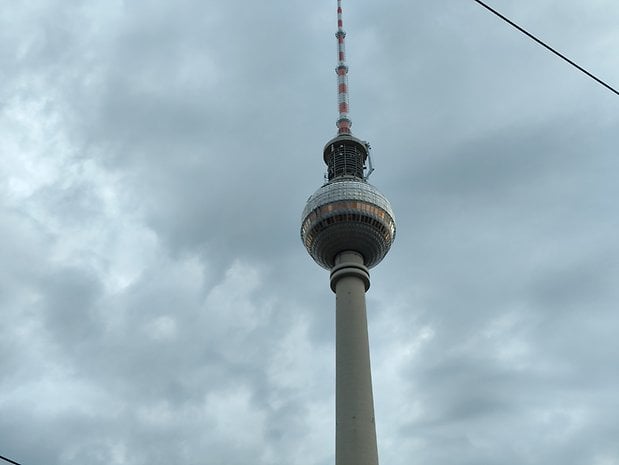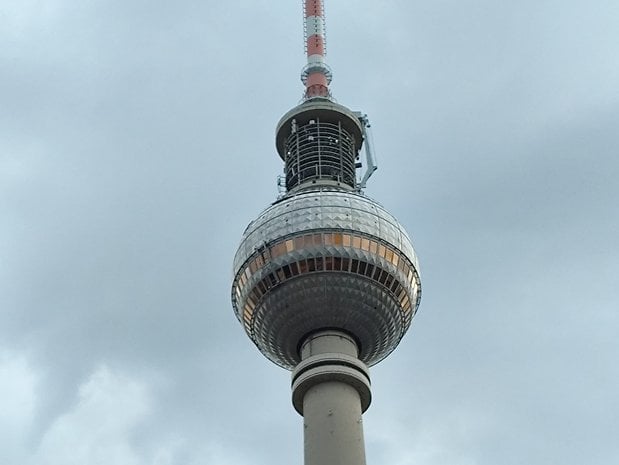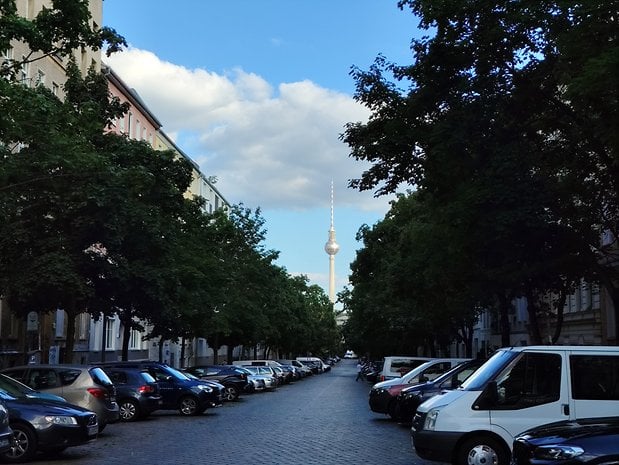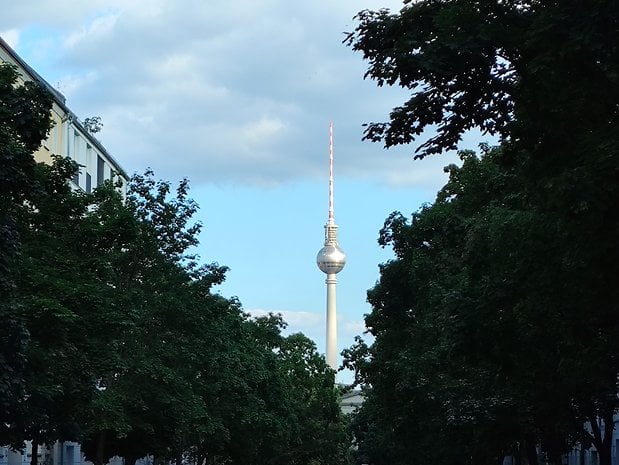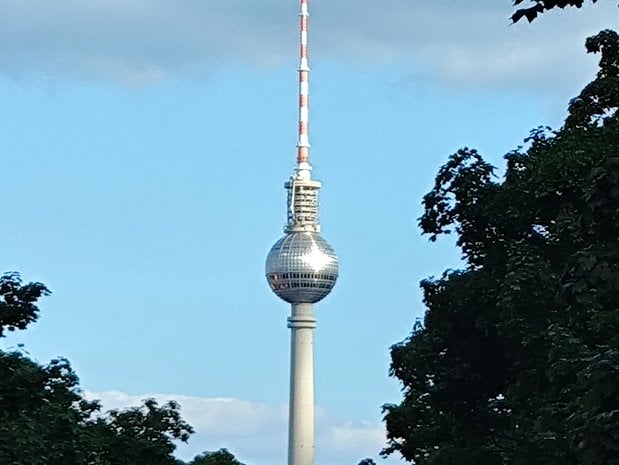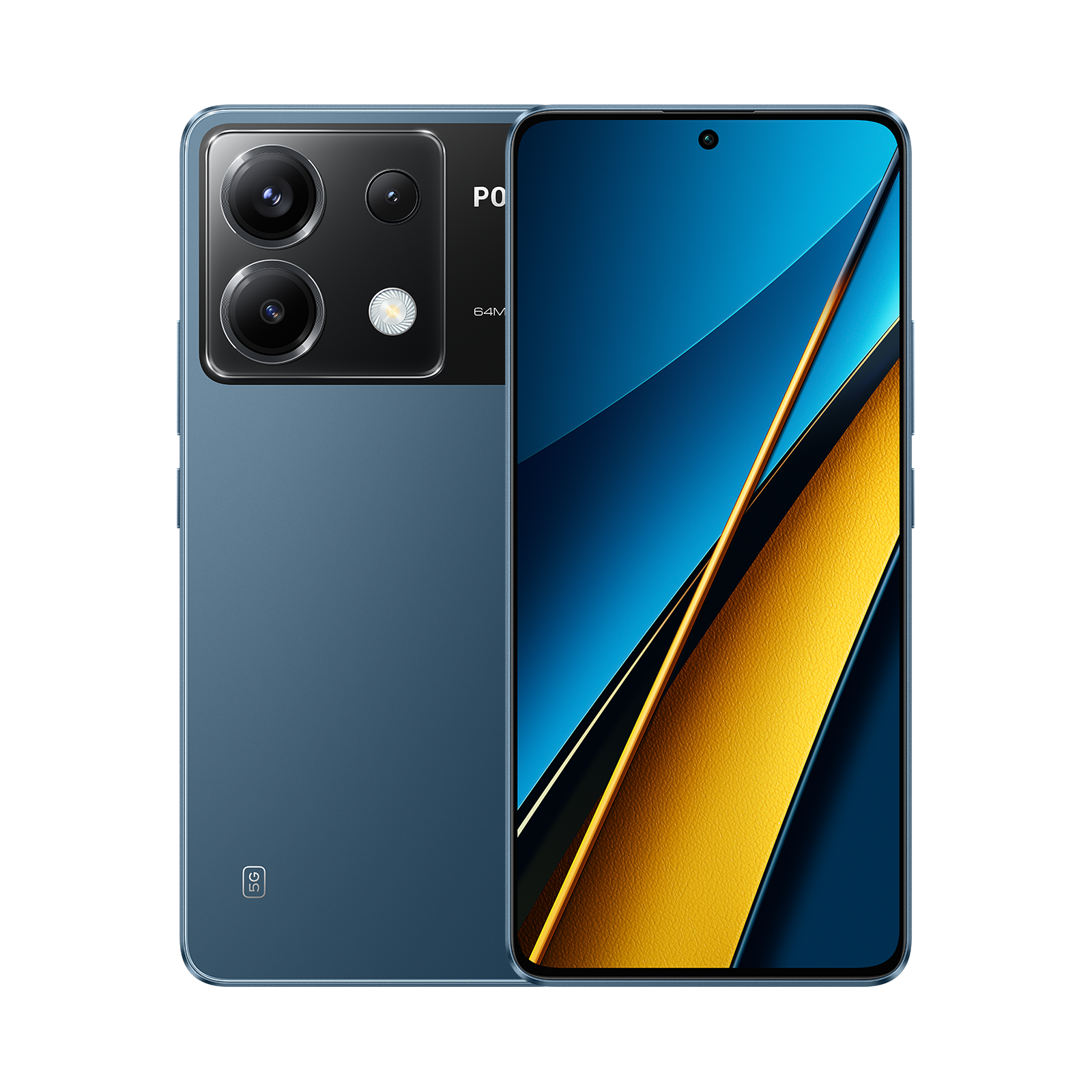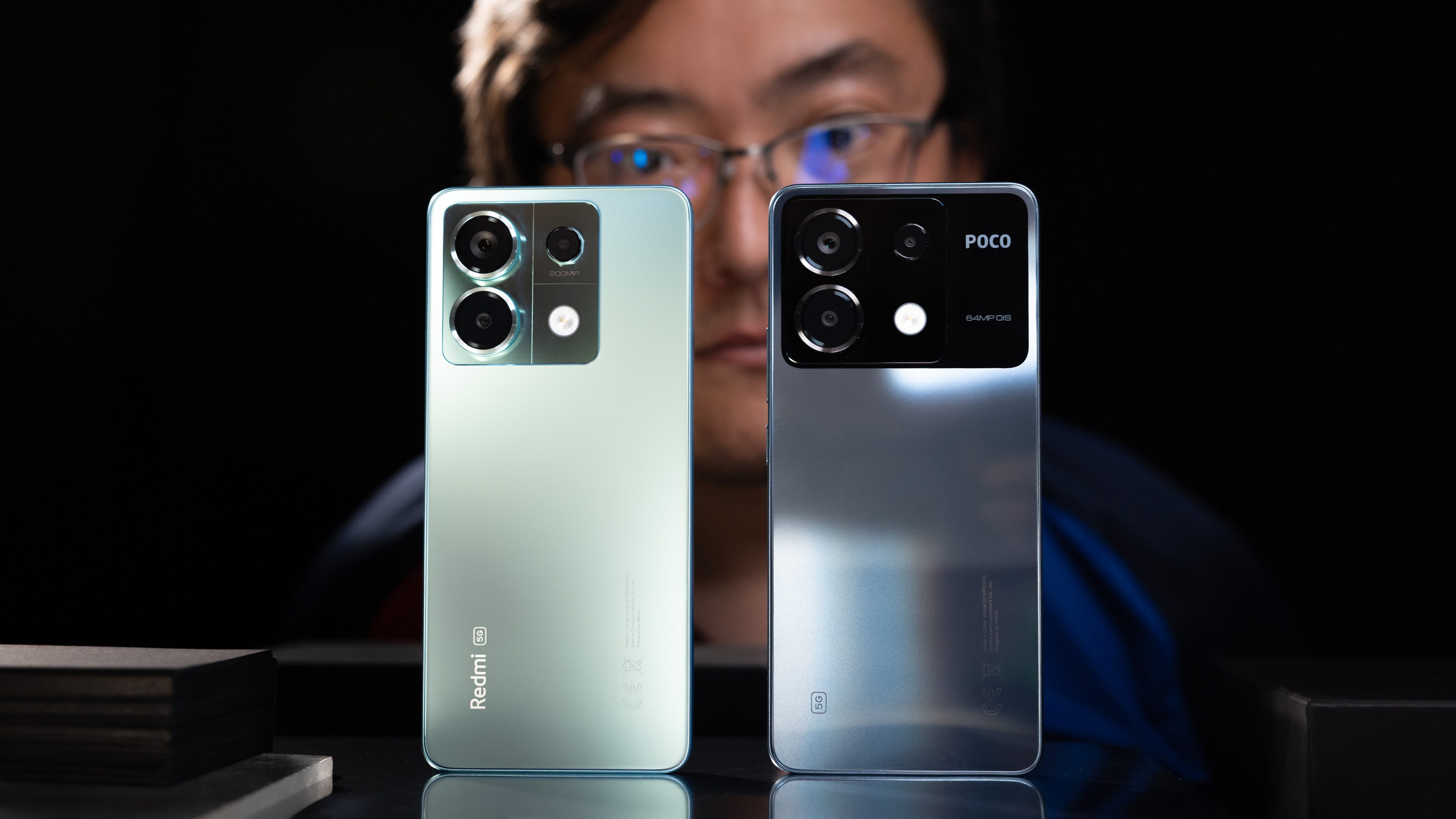
The Poco X6 is a capable 5G smartphone from the Chinese brand, with a price under $300/300€, a big display, and plenty of memory and storage. Let’s see how it performs in the nextpit review, and equally important, how it compares to its Redmi Note twin in terms of camera performance and price.
Good
- Good OLED display
- Fast charging
- Headphone jack
- Good price/performance
Bad
- Average cameras
- No microSD expansion
- Bloatware and ads
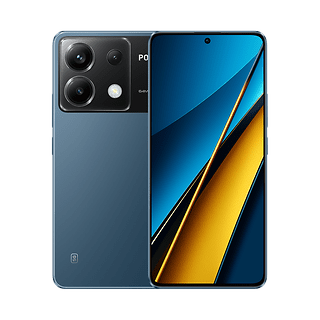
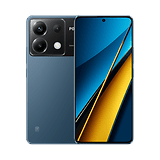
Xiaomi Poco X6: All deals
Poco X6 in a nutshell
The Poco X6 is a mid-range phone from the price-performance brand under the big Xiaomi umbrella. And at the same time it is based on the Redmi Note 13 Pro 5G model we tested a few months back, Poco made a few small changes to reach its competitive $300/300€ price point.
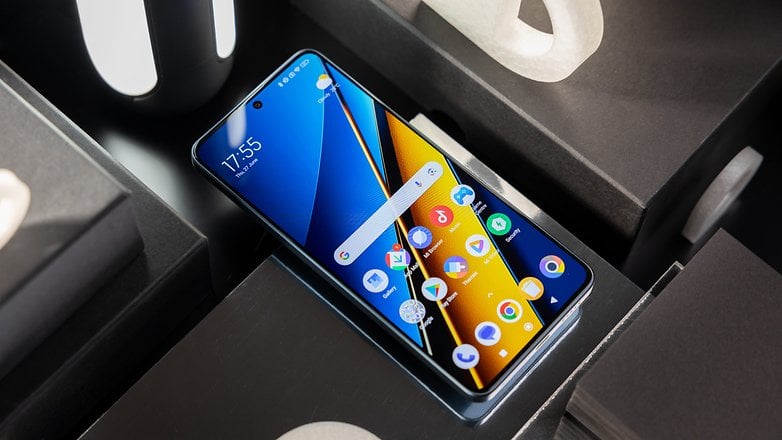
Back are the big and bright OLED screen with a 1220p resolution and fast 120 Hz refresh rate, the 5100 mAh battery with 67 W charging using the included adapter, and the Snapdragon 7s Gen 2 processor shared with the Redmi Note sibling.
Poco however, offers fewer memory combinations, something that is market-dependent, but usually topping at 256 GB of storage with either 8 or 12 GB of RAM. The biggest difference, however, is on the main camera, which uses a smaller sensor with a 64-megapixel resolution, versus 200 MP on the Note 13 Pro 5G.
Familiar design and excellent display
The 6.67-inch OLED display is a known quantity at this point, similar to many other Xiaomi phones. On the Poco X6, it features a 2712×1220 resolution, with a smooth 120 Hz refresh rate. Materials-wise, Poco went for a Gorilla Glass Victus covering the display, with the rest of the surfaces dominated by plastic.
Pros
- Good OLED display.
- Gorilla Glass Victus on top of the screen.
- Headphone jack.
- Protective case on the box.
- Good under-display fingerprint sensor.
Cons
- Only IP54 splash resistance.
- No microSD support.
- Fingerprint magnet back.
- No eSIM support.
Since a comparison with the Redmi Note 13 Pro 5G would be useless here as both share basically the same display components and specifications, we will note some of the upgrades found in the Poco X6 compared to the X5 predecessor. For starters, the X6 is more compact, thanks to the smaller bezels around the display, and a relatively light 181 grams of weight.
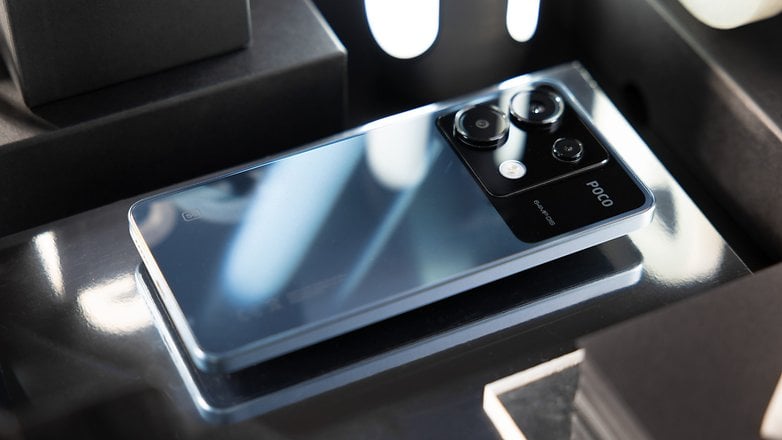
The X6 features a shiny plastic back, which in our blue review sample was a fingerprint magnet, we guess the white-textured option would fare better in this regard. Oh, Poco includes a basic protective case that fixes that issue if you don’t want to carry a cleaning cloth around. Speaking of protection, the Poco X6 is only IP54-certified for water splashes.
We found out that the ergonomics were fine despite the big screen, helped by the previously mentioned small bezels and also by the 8 mm thickness of the phone. The power button and volume rocker sit on the right side, with the top housing the IR blaster, headphone jack, and one of the speakers.
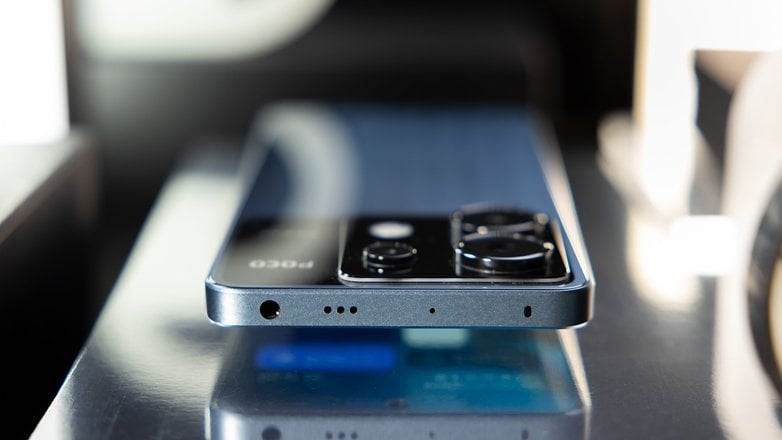
On the bottom, we find the other speaker next to the USB-C port and the dual nano-SIM tray. There is no support for a microSD card and the Poco X6 is not compatible with eSIM, another difference to the Redmi twin.
The display is the same OLED panel found on the Redmi Note 13 Pro 5G, as mentioned, with the same excellent contrast and colors, and a high peak brightness of 1800 nits for outdoor usage.
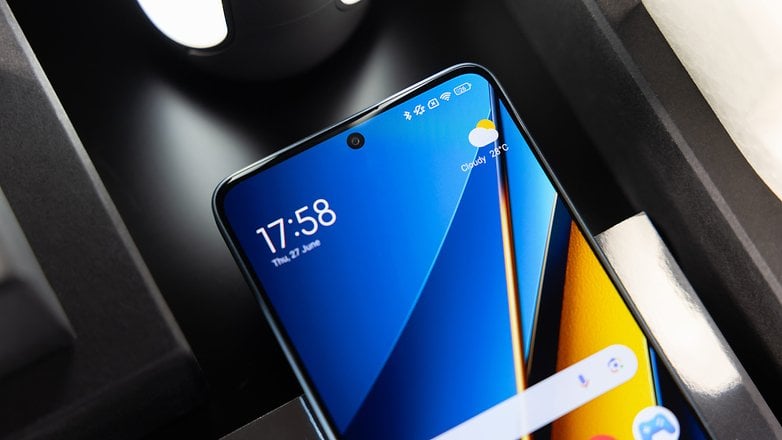
Under the display lies the fingerprint reader, which performed well in our tests.
More HyperOS, less Poco
The Poco X6 was launched with MIUI 14 over Android 13, but since we are reviewing the phone six months after the launch, it was updated to HyperOS on top of Android 14.
Pros
Cons
- 16 pre-installed apps.
- 40 GB of used space after updating a fresh install.
Poco/Xiaomi promise three Android/HyperOS upgrades and four years of security updates, while we find better support on most Google/Samsung phones, they are also more expensive.

One negative point of the HyperOS install on the Poco X6 is that, after updating a clean installation (including the pre-installed apps), the device had 40 GB of storage space used—the X6 is offered in 256 GB or 512 GB options. One of the reasons is familiar to Xiaomi fans: Bloatware. We counted 16 third-party apps.
The user experience is the same divisive one: Redundant apps (three browsers), lots of notifications by default, and a few ads on first-party apps. You can read more about it in our HyperOS review by my colleague Antoine Engels.
Good performance for the price
With the Snapdragon 7s Gen 2 onboard, the Poco X6 offers a no thrills mid-range-level performance. It comes with slightly outdated memory standards as expected for the category, but offers plenty of GB for the price.
Pros
- Good enough performance in apps and games.
Cons
- Got slightly warm in heavy tasks.
Despite sharing the Snapdragon chip with the Redmi Note 13 Pro 5G, the Poco X6 returned different performance scores. Curiously, despite the gaming-centric positioning of the brand, the X6 got better CPU scores, but lower gaming performance.
| Poco X6 (Snapdragon 7s Gen 2) |
Redmi Note 13 Pro 5G (Snapdragon 7s Gen 2) |
Poco F6 (Snapdragon 8s Gen 3) |
Galaxy A55 (Exynos 1480) |
Google Pixel 8a (Tensor G3) |
Redmi Note 12 Pro+ (Dimensity 1080) |
Redmi Note 13 Pro 4G (Helio G99 Ultra) |
|
|---|---|---|---|---|---|---|---|
| AnTuTu | 617,918 | 593,863 | 1,455,312 | – | 1,153,512 | 526,790 | 438,710 |
| 3D Mark Wild Life Extreme Stress Test | Best loop: 791 Worst loop: 700 Stability: 88.5% |
Best loop: 800 Worst loop: 763 Stability: 95.4% |
Best loop: 3140 Worst loop: 2584 Stability: 82.3% |
Best loop: 917 Worst loop: 907 Stability: 98.9% |
Best loop: 2437 Worst loop: 1667 Stability: 68.5% |
Best loop: 635 Worst loop: 630 Stability: 99.2% |
Best loop: 347 Worst loop: 344 Stability: 99.1% |
| Geekbench 6 | Single: 1025 Multi: 2810 |
Single: 889 Multi: 2523 |
Single: 1953 Multi: 4930 |
Single: 1155 Multi: 3404 |
Single: 1688 Multi: 4362 |
Single: 965 Multi: 2408 |
Single: 744 Multi: 2112 |
Of course, the difference was too small to be noticeable in real life, but we noticed the Poco X6 getting warmer than the Redmi variant under heavier tasks or a few minutes of Genshin Impact. It is worth noting we tested the Note 13 Pro 5G with MIUI+Android 13 while the Poco was updated to HyperOS+Android 14, so Xiaomi may have adjusted the frequency to prioritize CPU performance, at the expense of thermal performance under games.
Speaking of games, the Poco X6 is capable of running most Android games, with the most demanding ones rendering at lower detail levels, frame rate, or both. Genshin Impact mentioned above, for example, reduced texture details and ran below the display’s native resolution to keep a playable frame rate.
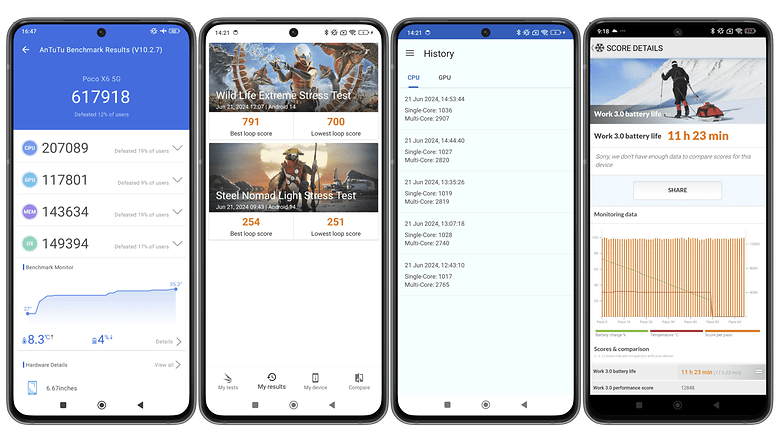
General performance in regular apps is on par with the mid-range market, don’t expect to see flagship-like snappiness. Tasks like applying filters in pictures or video calls worked ok, with a small processing delay usual for this price range.
The usual camera trade-off
Equipped with a 64-megapixel main camera, the Poco X6 has in photography its biggest trade-off compared to its Redmi twin. The other cameras, however, were inherited from that model: An 8 MP ultrawide, the regrettable 2 MP macro, and a 16-megapixel selfie.
Pros
- Good pictures in daylight
- Usable zoom shots up to 2x.
Cons
- Useless macro camera and weak ultra-wide
- Beauty mode on by default
Despite the very different conditions under which both phones were tested, we could notice an advantage for the Redmi Note 13 Pro camera compared to the Poco X6. Not as much because of the 200 vs 64-megapixel difference, but probably due to the bigger sensor on the Redmi variant.
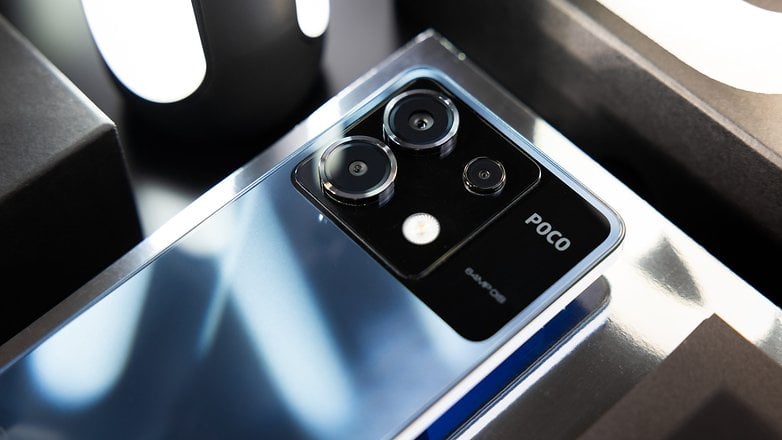
The 4-in-1 pixel binning results in 16-megapixel images, with generally good results in daylight for the Poco X6, but less detail than the 12MP shots from the Note 13 Pro’s main camera.
The smaller sensor and native resolution also impact zoomed shots, with the Poco X6 offering good results up to 2x magnification, with some noise creeping up going further.
Ultrawide images lose detail and sharpness as expected from an even smaller and lower resolution sensor, with a “soft” look in some images. At night, the ultrawide camera struggles a lot, with noise and detail loss even when engaging in Night mode. At night, the main camera works ok for sharing the picture on social media, but a closer look reveals some artifacts that would probably appear on prints, and they get worse zooming in, as expected.
When it comes to selfies, the Poco X6 had the Beauty filter on by default. It took us a while to notice, as it wasn’t changing the image radically, with some skin texture left but thinner faces. Results were good in general, with the portrait mode having the usual difficulties when detecting some edges around hair and the t-shirt.
Fast charging out of the box
The battery section on this Poco X6 test is almost a fac-simile of the section on the Redmi Note 13 Pro 5G review: Fast charging for the category, average battery life. The 5100 mAh capacity is enough for a full day but not much more.
Pros
- Fast charge for the price range.
- Included charger.
Cons
The included 67W adapter leaves much of the competition in the dust, with charging times in less than an hour. 10 minutes on the wall was enough for a 32% charge, and half-capacity was reached in less than 20 minutes.
| Poco X6 | Redmi 13 Pro 5G | Poco F5 | Galaxy A55 | Pixel 8a | Redmi 12 Pro+ | Redmi Note 13 Pro 4G | |
|---|---|---|---|---|---|---|---|
| 5 minutes | |||||||
| 10 minutes | |||||||
| 20 minutes | |||||||
| 30 minutes | |||||||
| 1 hour |
|
||||||
| Full charge | |||||||
| PC Mark Battery test |
In the PCMark test which simulates real-world usage, the time between going from 80 to 20% charge was 11h23 with the Poco X6, almost a full hour less than its Redmi twin, while the performance difference was within 2%. Not the best performance from the Samsung-made Snapdragon 7s Gen 2…
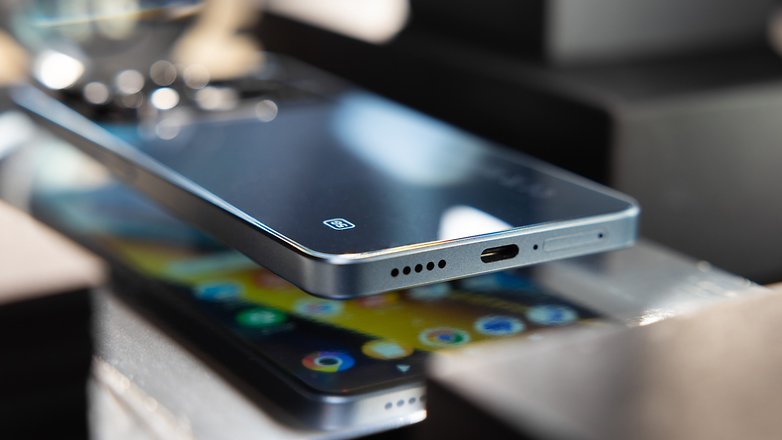
Setting the display to 60 Hz refresh rate made the runtime jump to 15h47, but the decreased smoothness was reflected in the lower performance score of 9515 points. Might be worth the sacrifice for almost 40% better stamina.
Xiaomi Poco X6 technical specifications
| Poco X6 | |
|---|---|
| Display | 6.67-inch AMOLED 2712 x 1220 pixels 120 Hz refresh rate |
| Processor | Qualcomm Snapdragon 7s Gen 2 |
| Memory | 8 / 12 GB LPDDR4X RAM 256 / 512 GB UFS 2.2 storage No microSD expansion |
| Software | MIUI 14 based on Android 13 Three Android upgrades Four years of security updates |
| Camera | Main: 64 MP, f/1.79, OIS Ultra-wide: 8 MP, f/2.2 Macro: 2MP, f/2.4 |
| Selfie | 16 MP | f/2.45 |
| Battery | 5100 mAh 67 W wired charging Charger included |
| Connectivity | 5G | Wi-Fi 5 | Bluetooth 5.2 | NFC |
| IP certification | IP54 |
| Dimensions and weight | 161.15 x 74.24 x 7.98 mm, 181 g |
|
Other points that may interest the nextpit community:
|
|
Conclusion
The Poco X6 is a generally all-around good option for those looking for a $300/300€ phone. It costs less than the Redmi Note 13 Pro 4G but offers roughly the same as the more expensive Note 13 Pro 5G.
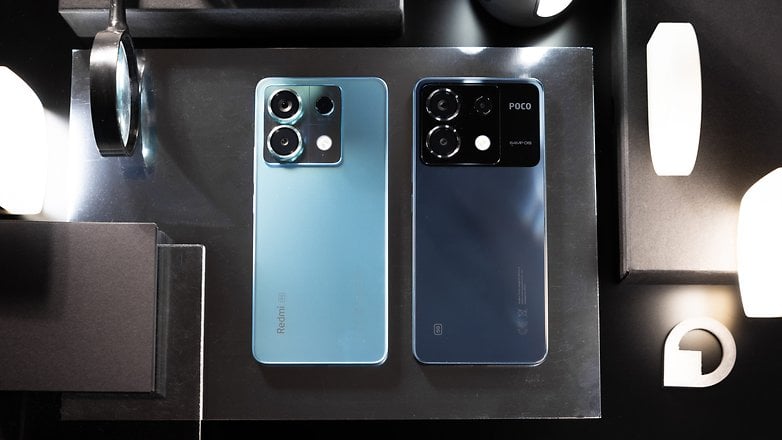
The trade-offs when compared to the super popular Redmi model can be found in the less capable main camera, and lack of eSIM support on the Poco X6. There is also a more premium finish on the Redmi’s back, if that matters to you.
The Poco X6 price positioning also avoids competing with the much faster Poco F6 model, or phones that excel in other categories, a difficult spot in which we found the Redmi Notes earlier this year.
That makes it easier to recommend the Poco X6 for those looking for a well-rounded phone for the money. Heck, it even makes us think that it is possibly the best Redmi Note 13 model this year outside of the much more expensive Redmi Note 13 Pro + 5G Casi tested a few months ago…








